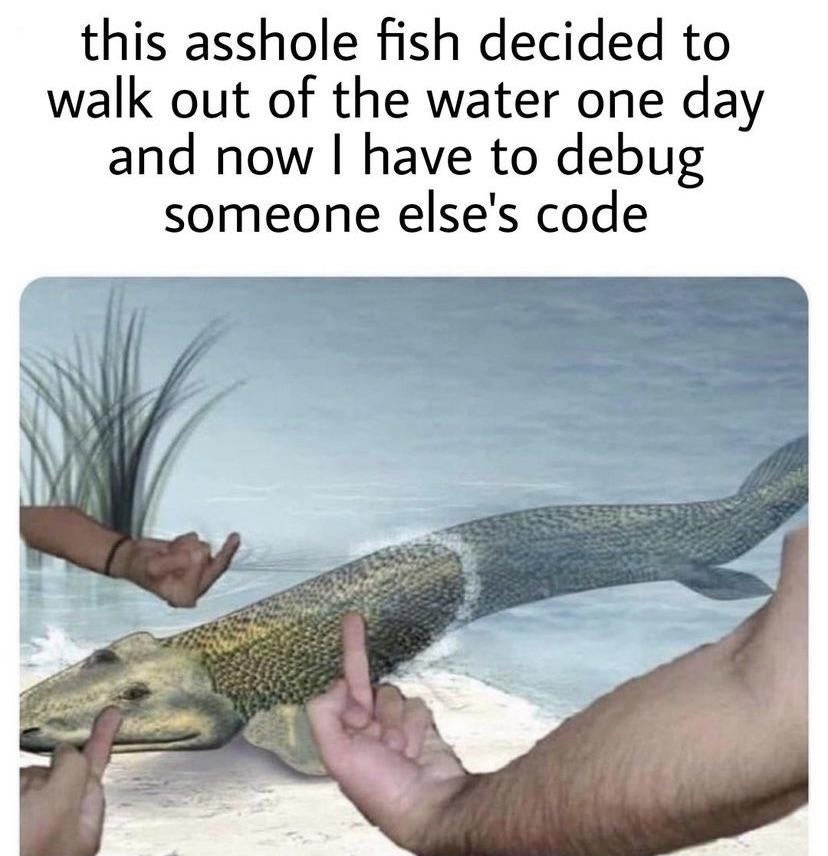TL;DR
See comments.
Notes (by GPT-4 🤖):
A Day Without a Copilot: Reflections on Copilot-Driven Development
Introduction
- The author, Gavin Ray, reflects on the impact of Github Copilot on his software development process.
- He shares his experience of a day without Copilot, which was a rare occurrence since the Technical Preview.
- He discusses how Copilot has profoundly changed his development process and experience.
From Monologue to Dialogue
- Ray appreciates the solitude of coding but also values the collaboration and learning from others.
- Github Copilot has been a game-changer for him, allowing him to have a dialogue with his code and the collective wisdom of the world without expending energy.
- Coding has become a collaborative dialogue between Ray and Copilot, shaping the output together.
Fresh Perspectives
- Copilot provides fresh perspectives, suggesting API designs or implementation details that Ray would not have considered.
- Not all suggestions are good, but even the bad ones help him think about the problem differently.
- Ray generates several sets of Copilot suggestions based on the specs before designing or implementing an API, picking the best candidates and tweaking them to create the final implementation.
Copilot-Driven Development
- Ray describes a phenomenon he calls "Copilot-Driven Development", a process that optimizes for Copilot's suggestions/accuracy.
- This process includes choosing popular programming languages and well-known libraries, using explicit names and types, writing types and interfaces with specifications and documentation first, implementing tests alongside each implementation, and keeping as much code in a single file as possible during early development.
Outcomes of Copilot-Driven Development
- Ray uses Copilot's suggestions to guide his development process, helping him think about problems differently and make better decisions.
- This process allows him to see the problem from different perspectives, gain insights, learn from the community, be more efficient, and be more confident in his decisions.
Evolving Roles in Software Development
- Tools like Github Copilot and ChatGPT highlight a shift in the role of the software developer, allowing developers to leverage the collective wisdom of the community to improve their work.
- This shift is important in modern software development, where the complexity and scale of projects can make it difficult for a single individual to have all the necessary knowledge and expertise.
- The use of tools like Github Copilot does not diminish the role of the individual but enables them to focus more on the creative and strategic aspects of development.
- These tools are redefining the role of the software developer, allowing them to be more effective and efficient in their work, and focus on the most interesting and challenging aspects of the development process.

It definitely helps me. It isn’t perfect, but it’s a night and day difference